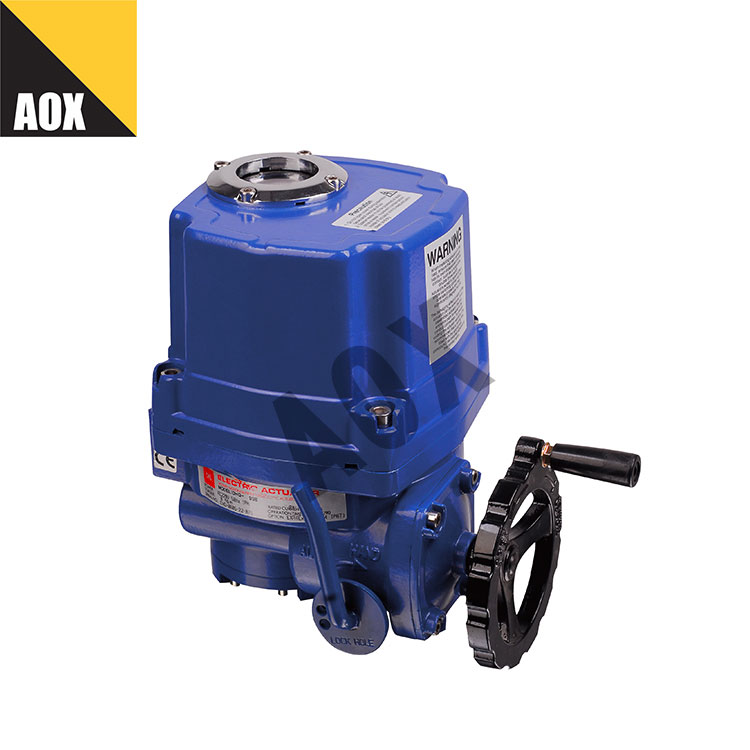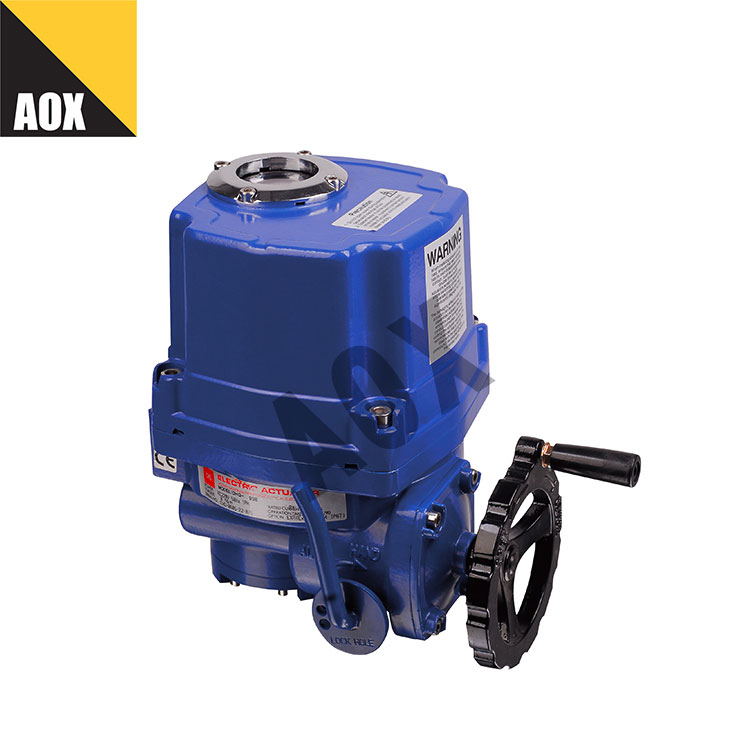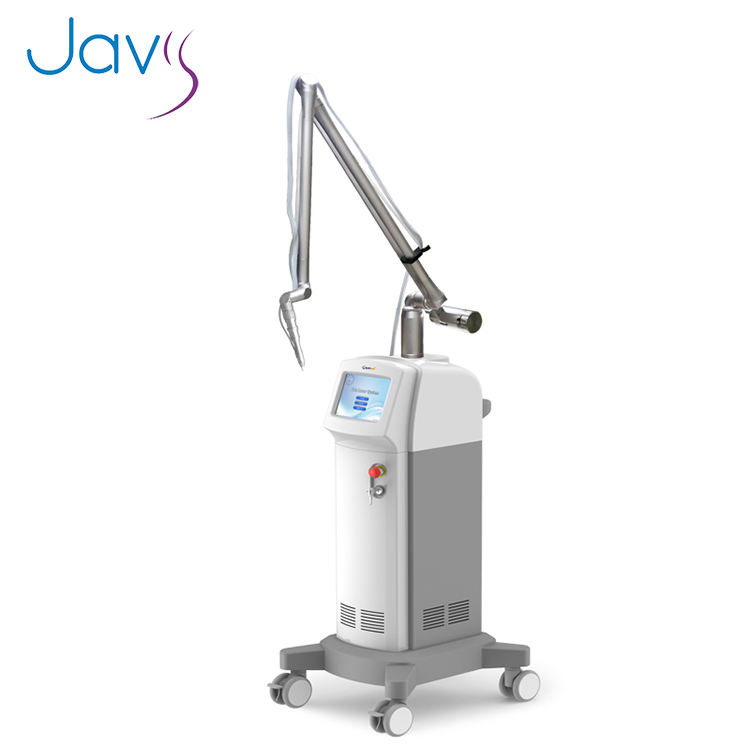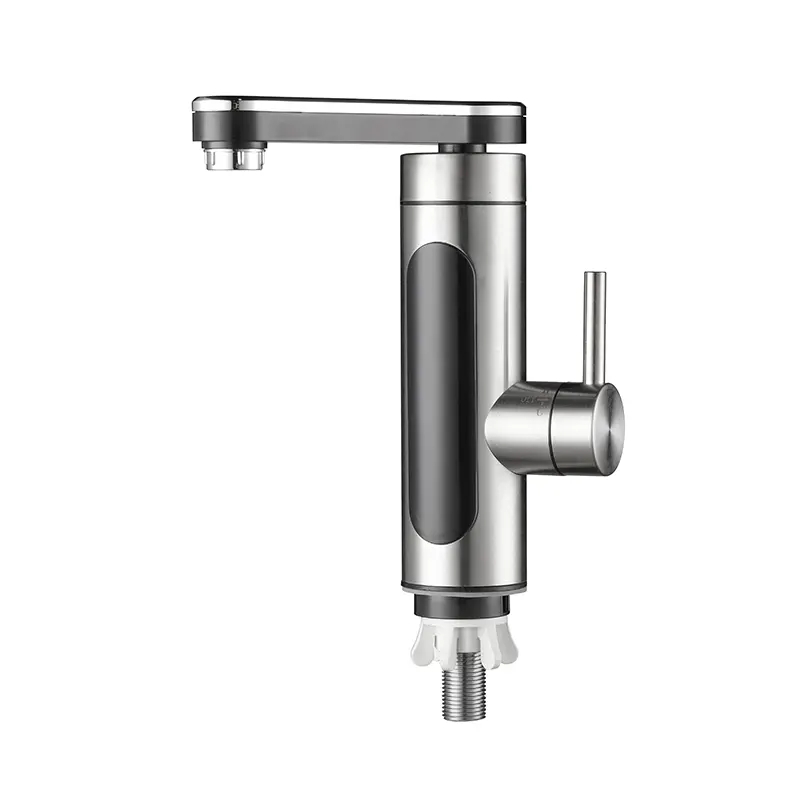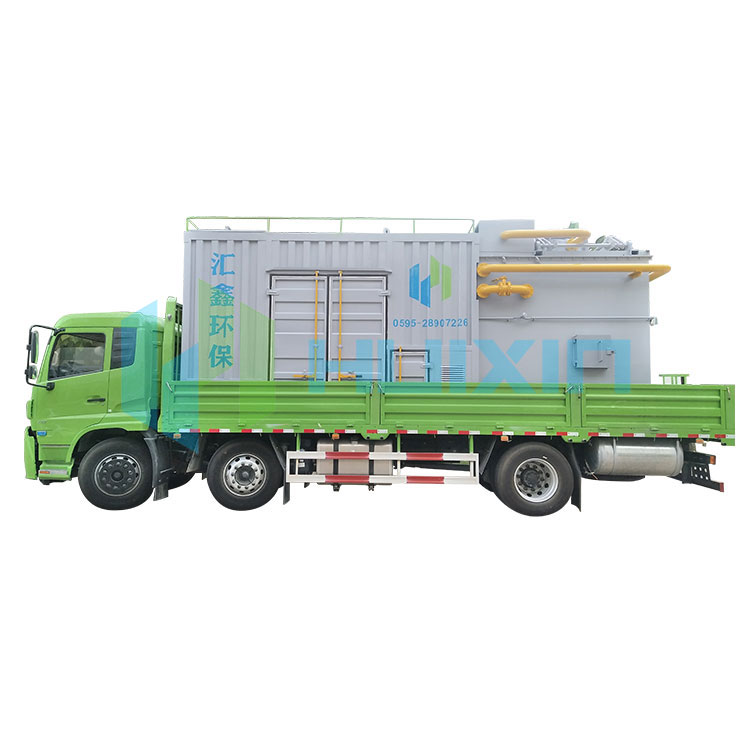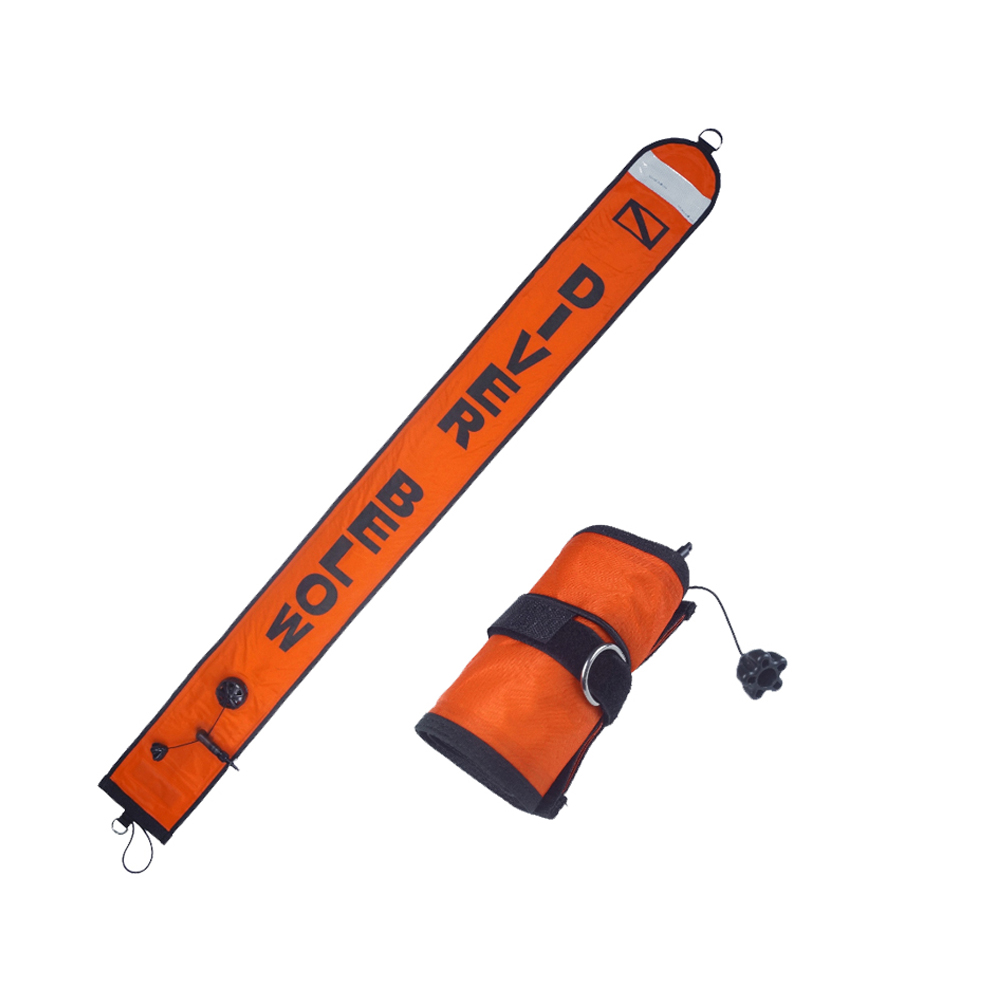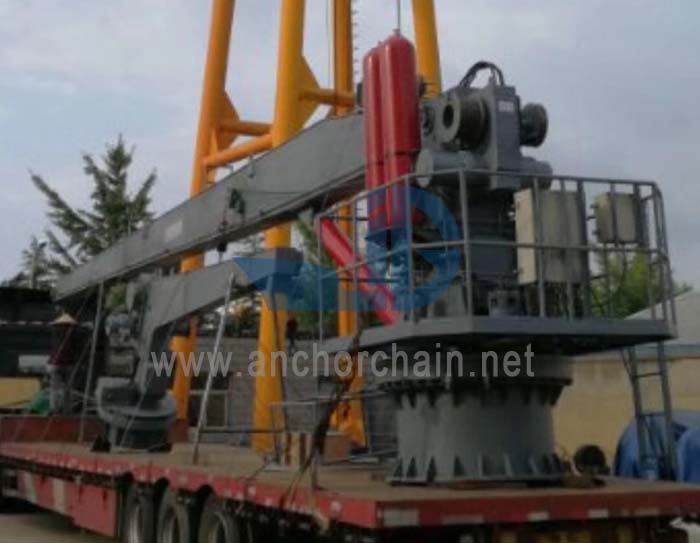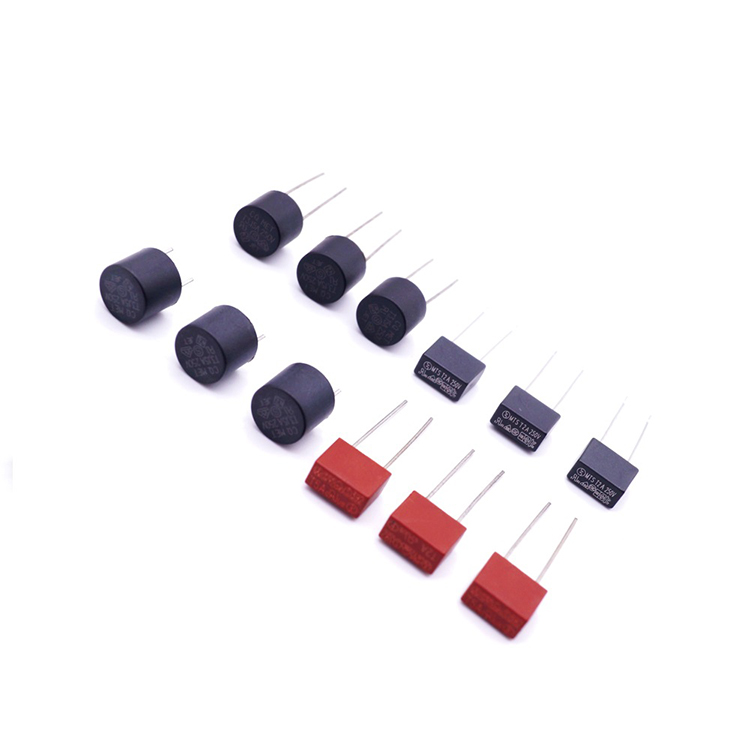Industrial rotary electric actuator
An industrial rotary electric actuator is a device used in industrial applications to control and automate the rotational movement of various mechanical systems, such as valves, dampers, gates, or other equipment. It operates using an electric motor to generate the rotary motion and typically offers......
Send Inquiry
Product Description
An industrial rotary electric actuator is a device used in industrial applications to control and automate the rotational movement of various mechanical systems, such as valves, dampers, gates, or other equipment. It operates using an electric motor to generate the rotary motion and typically offers precise control, reliability, and durability. Here are some key features and functions of industrial rotary electric actuators:
1. Electric Motor: The actuator is powered by an electric motor, which converts electrical energy into mechanical rotational motion. The motor is often brushless and can be driven by AC or DC power, depending on the specific application requirements.
2. Control Mechanism: The actuator includes a control mechanism that allows for precise positioning and control of the rotational movement. This mechanism can be based on various technologies such as gear systems, worm drives, or direct drives, depending on the desired torque, speed, and accuracy.
3. Position Feedback: Industrial rotary electric actuators often incorporate position feedback sensors, such as potentiometers, encoders, or Hall effect sensors. These sensors provide accurate information about the actuator's current position, allowing for precise control and feedback in automated systems.
4. Torque and Speed: The actuator's torque and speed capabilities depend on the specific model and application requirements. They can range from low torque and high-speed applications to high torque and low-speed applications, offering versatility for different industrial processes.
5. Control Interface: Industrial electric actuators can be equipped with various control interfaces to facilitate integration with automation systems. Common interfaces include analog control signals (e.g., 4-20mA, 0-10V), digital communication protocols (e.g., Modbus, Profibus, Ethernet/IP), or even wireless connectivity for remote control and monitoring.
6. Protection and Safety Features: To ensure reliable operation and protection against potential issues, industrial rotary electric actuators often include features such as overload protection, thermal protection, position locking mechanisms, and emergency shutdown capabilities.
7. Durability and Environmental Protection: Industrial environments can be harsh, so electric actuators are designed to withstand challenging conditions. They are typically built with robust materials, such as heavy-duty metals, to ensure durability and resistance to contaminants, moisture, and extreme temperatures.
8. Mounting and Installation: Electric actuators can be mounted in various orientations and configurations, such as directly on the equipment being controlled or using mounting brackets. They are designed to facilitate easy installation and maintenance.
Industrial rotary electric actuators offer precise and reliable control over rotational movement in a wide range of industrial applications. By automating the operation of valves, dampers, and other equipment, they contribute to increased efficiency, improved process control, and reduced manual intervention. The specific features and capabilities of an industrial rotary electric actuator may vary depending on the manufacturer and model chosen.
